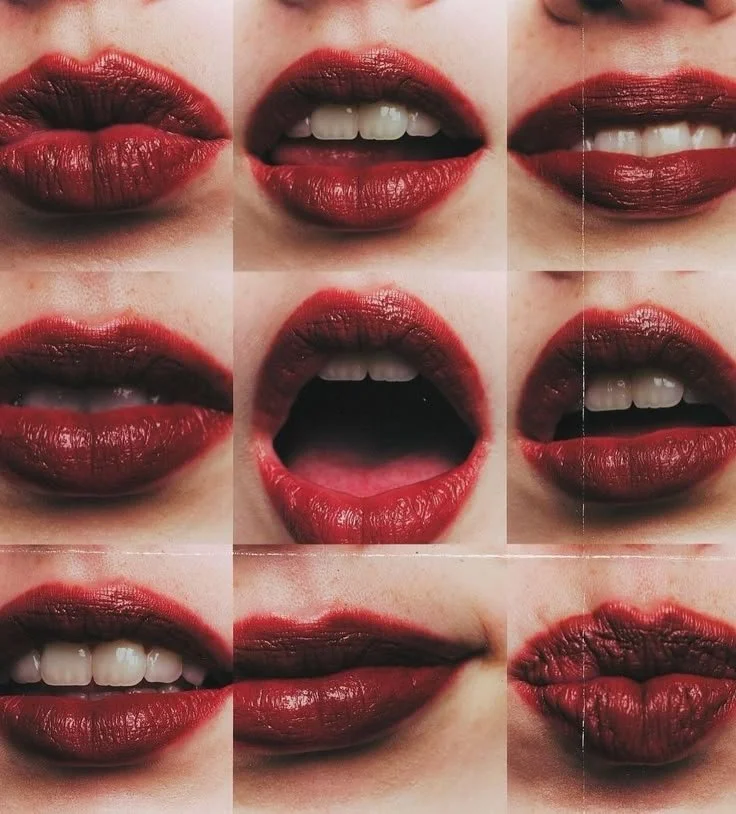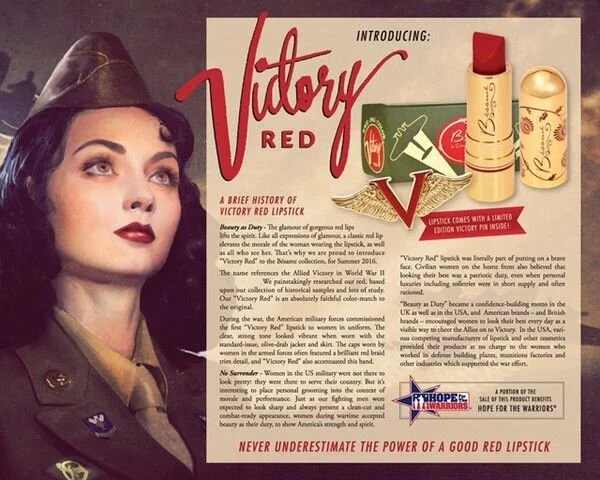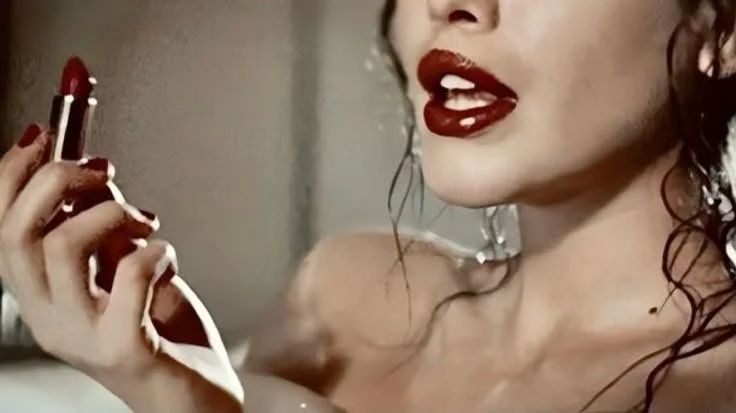Beauty Is a Band-Aid: The Economic Crisis and the Lipstick Purchase Phenomenon
By Carolina Dionísio
We all need to feel beautiful.
Through the lens of philosophical aesthetics, beauty manifests in nature, art, and society in different forms. This delves into questions about what makes something beautiful, how beauty is perceived, and whether beauty is truly subjective or not. The role of beauty in the human experience can be studied through Beauty Theory, and it is often described as influenced by social norms, cultural values, and historical context.
Because across the ages, and even in moments of crisis, beauty is still a standard society isn't willing to lower. This utter need for maintaining appearances when the world seems to be falling apart is usually materialized through the purchase of small beauty products, especially lipstick.
This is called the Lipstick Effect.
Image Sourced through Pinterest
The concept was popularized in 2001 by Leonard Lauder, an art patron, entrepreneur, and the heir to the Estée Lauder label. Leonard claimed his company's sales of lipstick rose following the September terrorist attacks — but this wasn’t the first time the company witnessed something like this.
Because even though the Lipstick Effect is just a hypothesis, we can find evidence to back it up in different periods.
The Estée Lauder Companies was founded in 1946 by Leonard’s parents, Estée and Joseph Lauder, as a skin and hair cosmetics brand based in Manhattan, New York. Not even a decade after the Great Depression (1929-1939) struck the U.S. and following the end of World War II (1939-1945), the company was expected to suffer an economic setback, but instead, it saw a curious increase in sales.
Notably, in lip-related products.
This was because people — and mostly women — were pressured to maintain a nice appearance to raise morality for their husbands. Even during the War itself, despite resources being limited, women were still indoctrinated to buy small luxuries under the guise of psychological resilience.
For example, Revlon launched the "Wartime Red” lipstick as part of beauty campaigns promoted by the U.S. and the U.K. governments, and it became a bestseller.
Then, in the 1970s, the global oil crisis caused a major economic downfall. Regardless of inflation, lipstick prices remained affordable, so it was once again seen as a small indulgence in a time of crisis. The Lipstick Effect was first brought to the surface during this period, and was explained with the necessity of preserving normality.
People needed some sense of dignity, and buying cosmetics was one way to do so while also uplifting their self-esteem and keeping their chin high.
Image Sourced through Pinterest
The 1990s recession lasted for about 9 months and was triggered by a combination of the loan crisis, Iraq’s invasion of Kuwait, sluggish employment recovery, and stagnant wages.
However, it was also during the 90s that Leonard Lauder created the first research and development laboratory, which was partly responsible for the company acquiring brands like MAC Cosmetics, Bobbi Brown, and Aveda. As a result, the beauty industry began promoting “self-improvement” culture, and there was a rise of beauty counters in stores and malls.
Once more, lipstick was portrayed as a small but mandatory luxury, and purchases skyrocketed.
In 2020, we faced the COVID-19 Pandemic, and surprisingly or not, that didn’t cause lipstick sales to rise. Nonetheless, the “self-improvement” culture publicized during the 90s developed into the “self-care” trend on social media, which caused a surge of every other skincare product buys. The same reasoning was still present: searching for a sense of dignity and normalcy during a hard time through beauty and self-esteem.
Still, after the mask mandates were lifted after almost 2 years of partial and recurring lockdowns, lipstick returned to the top of sales.
Image Sourced through Pinterest
The Lipstick Effect theorizes that consumers are more willing to buy less costly luxury goods during an economic recession, and establishes a connection between beauty as a band-aid for a crisis.
Again, of course, this mostly affected women. Not just because of the abnormally exaggerated standards that have always been set upon us, but also because men were the ones starting wars and opening wounds in the global economy, therefore, they had close to nothing to spend on beauty and self-care.
Nowadays, lip-related purchases seem to be linear, but if we consider the current state of the world and look at the past, I’m sure that's about to change in no time.



